Optimal Timing for Tree Trimming
Tree trimmings are an essential part of maintaining healthy and attractive trees. Proper timing ensures optimal growth, disease prevention, and safety. Understanding the ideal periods for trimming can help prevent overgrowth and promote strong, resilient trees.
Late winter to early spring is ideal for pruning many tree species before new growth begins. This timing reduces stress and encourages healthy development.
Summer trimming focuses on removing dead or diseased branches and shaping trees. It is best done when trees are actively growing for quick healing.
Late fall is suitable for light pruning, especially for trees that benefit from dormant season trimming. It helps prepare trees for winter.
Most trees should not be trimmed during winter as cold weather can cause damage and hinder healing processes.

Ways to make Tree Trimmings work in tight or awkward layouts.
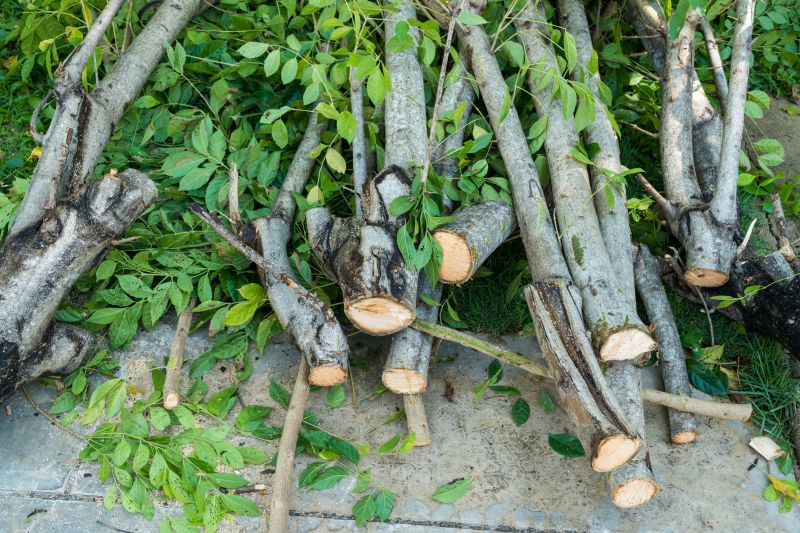
Popular materials for Tree Trimmings and why they hold up over time.
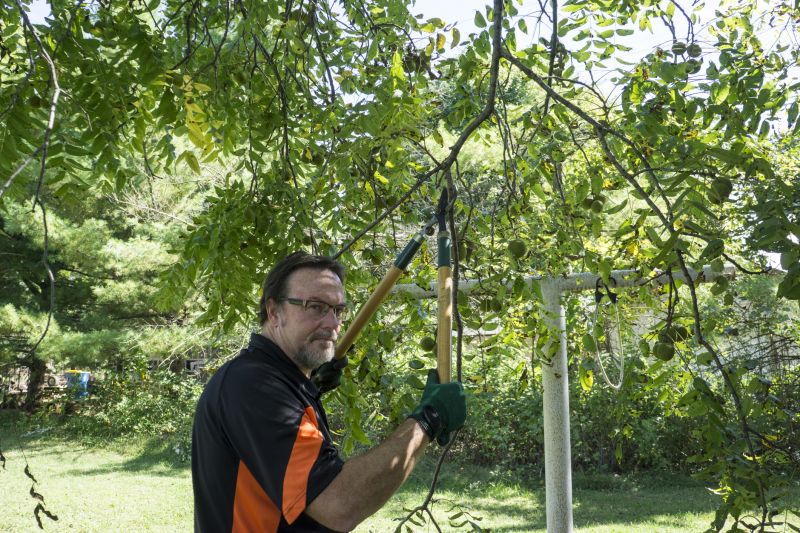
Simple add-ons that improve Tree Trimmings without blowing the budget.
| Season | Best Practices |
|---|---|
| Spring | Prune before new growth begins to promote healthy development. |
| Summer | Remove dead or diseased branches and shape the canopy. |
| Fall | Light pruning to prepare trees for dormancy. |
| Winter | Generally avoid trimming unless necessary for safety or health. |
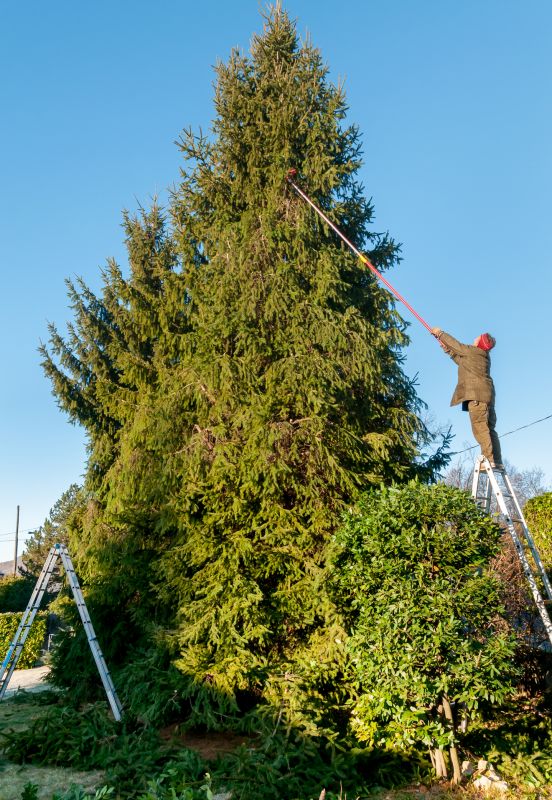
High-end options that actually feel worth it for Tree Trimmings.

Finishes and colors that play nicely with Tree Trimmings.

Little measurements that prevent headaches on Tree Trimmings day.
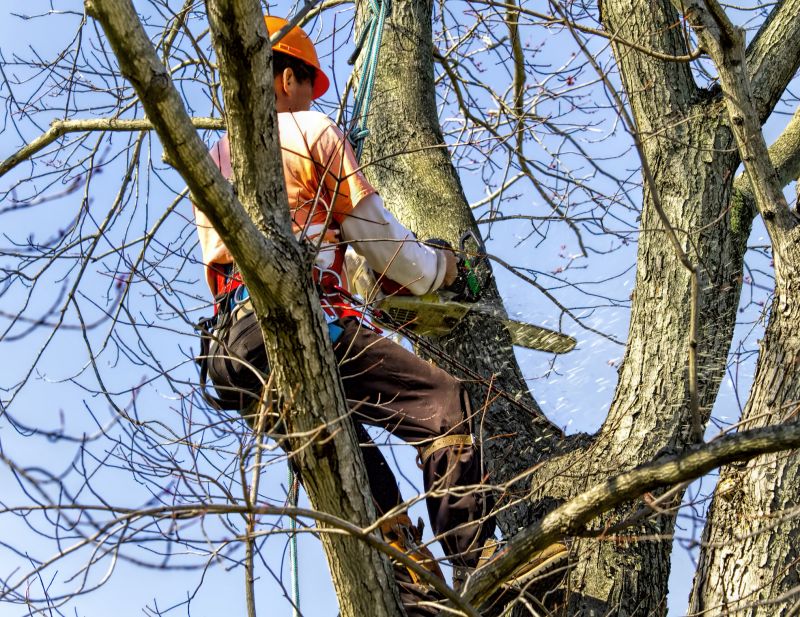
A 60-second routine that keeps Tree Trimmings looking new.
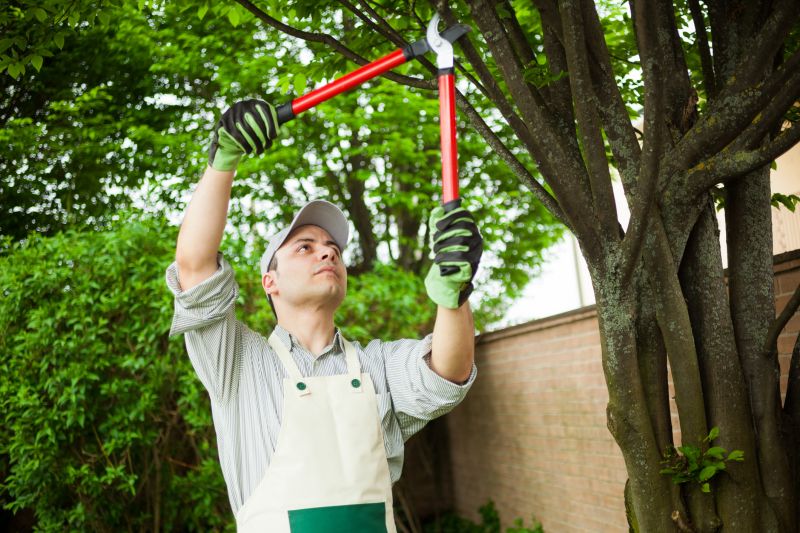
A frequent mistake in Tree Trimmings and how to dodge it.
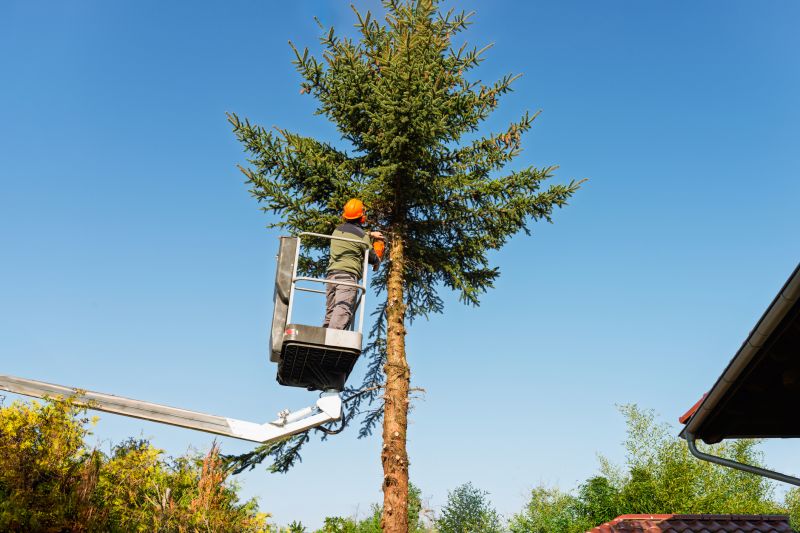
Small tweaks to make Tree Trimmings safer and easier to use.
Interested in scheduling tree trimmings or learning more about the optimal timing? Filling out the contact form can provide guidance tailored to specific tree species and local conditions in Stone Mountain, GA.
